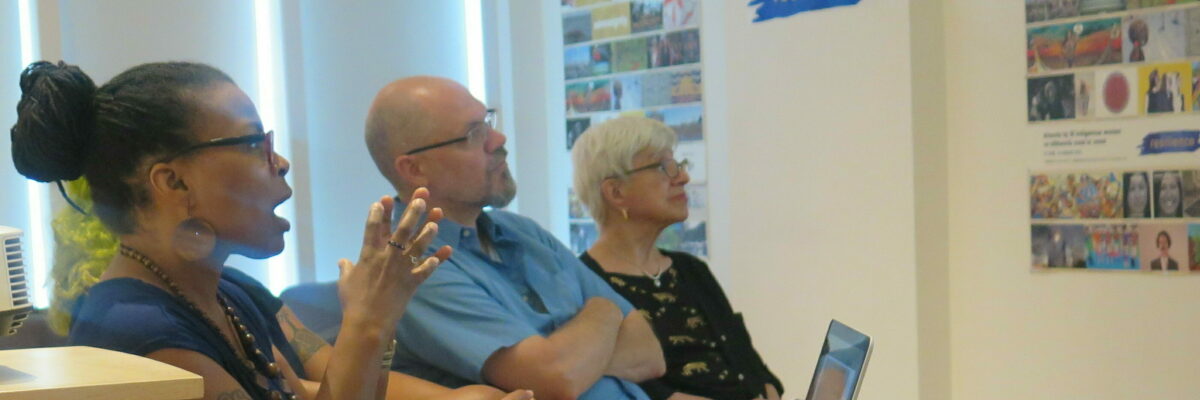Artistic Development

Artist Vickie Pierre
Craft
- Craft is Political by Seema Goel
- Ecosystems of Inheritance by Lindsey Bond
- Handling Time - Craft in Performance by Chantel Mierau
- Hands On: Contemporary Indigenous Beading by Jennifer Smith
- Peru's Textile Tradition as Decolonial Practice by Francesca Carella Arfinengo
- Source Material - Artist Talk by Sarah Sense
- Studio Glass Movement by Ione Thorkelsson
- The Art of Beading by Becca Taylor
- The Life of Beads by Maureen Matthews
- Women, Strength and Clay by Grace Han
Gender
- De/Recontructing Gender Through Visual Art
- Gender, Sex and the Bauhaus by Dr. Elizabeth Otto
- Keeping the Lesbians Alive by Liz Millward
- Let me talk to you man to man by Erica Mendritzki
- Pink is Everywhere by Barb Hunt
- The Queer Anthropocene in Art by Serenity Joo
- Towards a Queer Prairie Aesthetic by Blair Fornwald
Indigeneity
- Gaawayag: Quillwork Skills Repatriation by Maureen Matthews
- Hands On: Contemporary Indigenous Beading by Jennifer Smith
- Lebret Residential School Petroglyphs by Tanya Harnett
- Source Material - Artist Talk by Sarah Sense
- Spirit Mending in Art From an Indigenous Perspective by Leah Fontaine
- Strategies for Indigenous Curating as Care by Cathy Mattes
- The Life of Beads by Maureen Matthews
Installation
Land & Ecology
Media Art
- Art Making in the Virtual World by Kelly Ruth
- Designing Art: When Principles of Design Form the Aesthetics of Art by Julie Gendron
- Feminist Theory and Hollywood Practice by Alison Gillmor
- Living Media by Reva Stone
- Remixing the Archive by Leslie Supnet
- Sound, the Voice and Loss by Andrea Oliver Roberts

